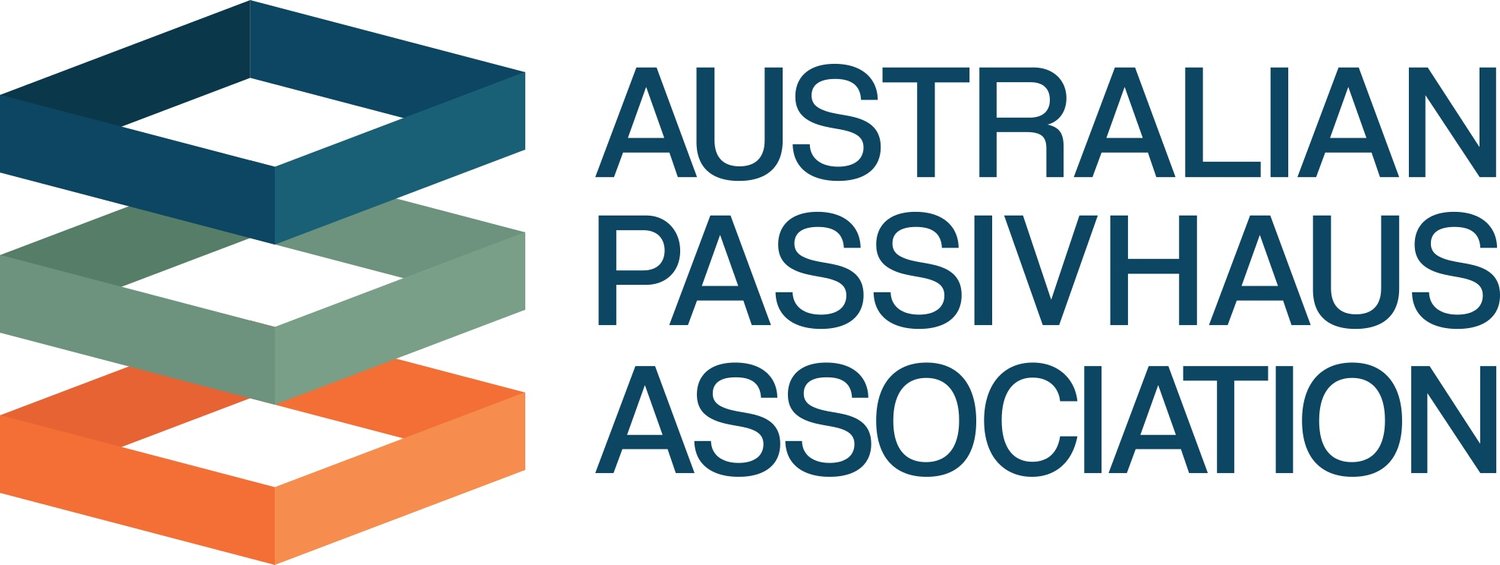white paper - passivhaus a pillar of mass DECARBONISATION and superior comfort in build to rent
Property developers MODEL recently released a white paper titled Tomorrow's Too Late. The paper presents a compelling case for regenerative decarbonisation in build-to-rent developments and is MODEL’s road map for how they plan to lead the decarbonisation of the built form.
The document recognises the urgent and inevitable shift towards a net zero future. Stating that the climate emergency is not a distant threat but a present reality, demanding immediate action. Policy changes are not gradual but rapid, and there is a coming tidal wave of net zero capital that is not just available but eager to be deployed. In this landscape of urgency and opportunity, the team at MODEL have recognised the BTR sector as an emerging beacon with 31% of Australian households rent according to the Australian Bureau of Statistics (ABS) which equates to approximately 7,000,000 people.
In this white paper, the team at MODEL recognise and seek to address issues such as:
A staggering 80% of rental homes are either too cold and damp in winter or too hot in summer, posing serious health risks for their inhabitants.
The struggle to find a suitable home is not just a logistical challenge but a deeply personal one, affecting one’s quality of life and long-term well-being.
Many rental properties fall woefully short of the ideal. Poor insulation and ventilation not only make these homes uncomfortable but also breeding grounds for illness and disproportionately large emitters of greenhouse gas emissions.
Tenants find themselves hamstrung by their limited ability to make repairs and the general unwillingness of landlords to invest in maintenance.
39% of Global greenhouse gas emissions are caused by buildings
In the team’s decarbonisation strategy the Passivhaus Standard is listed as a core pillar of their strategy. The team at MODEL also recognise that the Standard will support other goals for tenants such as superior comfort, a healthier, cleaner, quieter environment for their clients.
“Clare Parry explains that a Passive House certified BTR apartment project she’s working on at Development Victoria has a 3% cost increase in construction but that it was is an “absolute no-brainer” given the operational cost savings, lower vacancy rates, and higher health and well-being benefits. The global brand awareness of Passive House should add value to the asset when it is sold in ten years’ time.
Passive House is not just about energy efficiency; it’s about creating a healthier, more comfortable living environment. It offers significant operational cost savings and contributes to the well-being of its occupants. As we look towards a future impacted by climate change, adopting Passive House principles is a mandatory requirement for Regenerative Decarbonisation.”
Authored by Rory Hunter, this white paper is a roadmap for all property developers on how to do better. Download it today to explore how MODEL are leading the charge towards a sustainable, equitable, and regenerative future.


